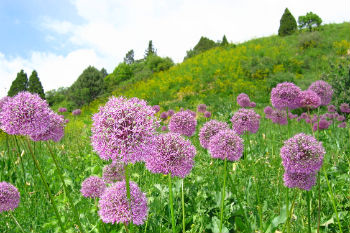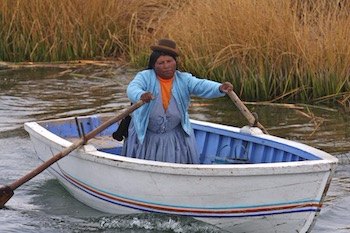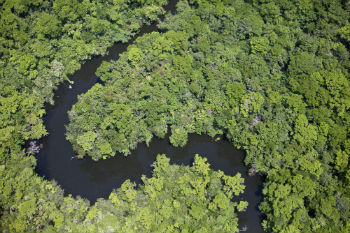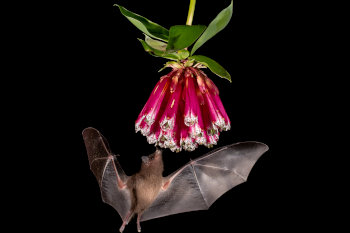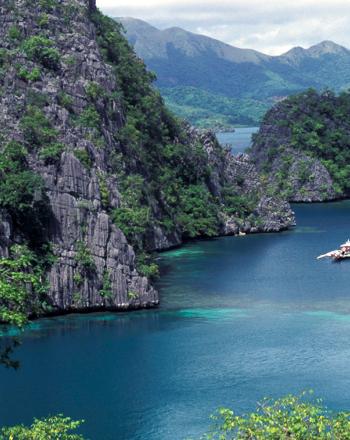Main menu
CEPF is a joint initiative of l’Agence Française de Développement, Conservation International, the European Union, Fondation Hans Wilsdorf, the Global Environment Facility, the Government of Canada, the Government of Japan and the World Bank. A fundamental goal is to ensure civil society is engaged in biodiversity conservation.
Visitez le site français コア情報の日本語翻訳を読むOr use Google Translate to translate the English site to your language:
GTranslate
Priority KBA
Priority Corridor
Other KBA
Other Corridor
Philippines
Previously invested
Investment
2002 to 2007
US$7 million
Ecosystem Profile
Ecosystem Profile, 2001
Stats
CEPF Strategy Strategy
About this hotspot About
Investment
Dates:
2002 to 2007
Amount:
US$7 million
Eligible Countries
Ecosystem Profile
CEPF awarded 59 grants during our investment in the Philippines Biodiversity Hotspot. A majority of our resources supported projects in the Eastern Mindanao, Palawan and Sierra Madre corridors, where 70 percent of the hotspot's biological resources are concentrated.
Major results included the creation or expansion of five protected areas with a combined total area of about 330,000 hectares. Protected Area Management Boards and management plans were established and are operational in each of these protected areas.
Presidential Executive Order 578 declared all Key Biodiversity Areas identified by CEPF to be “critical habitats” and directed Department of Environment and Natural Resources to promote guidelines for their management and protection.
Three watersheds totaling more than 14,000 hectares—which serve as refuges for globally threatened species—now benefit from municipal level payments for ecosystem services (PES). CEPF grantees worked with municipal governments to develop Watershed Management Plans linked to PES mechanisms. Water District Boards in these three municipalities each committed US$10,000 annually for the implementation of the plans.
The Philippines includes more than 7,100 islands in the westernmost Pacific Ocean and is likely the most biologically diverse country in the world in terms of unique terrestrial and marine plant and animal species per unit area.
The islands, most of which are now inhabited by humans, feature diverse topographic landscapes ranging from rugged volcanic mountains, plateaus and vast fertile plains—now cropland for rice, corn and coconut—to long coastlines with some of the world's most colorful coral reefs.
Many endemic species are confined to forest fragments that cover only 7 percent of the original extent of the hotspot. This includes more than 6,000 plant species and many birds species such as the Critically Endangered Cebu flowerpecker (Dicaeum quadricolor), the Critically Endangered Visayan wrinkled hornbill (Aceros waldeni) and the Critically Endangered Philippine eagle (Pithecophaga jefferyi). Amphibian endemism is also unusually high and boosts unique species like the panther flying frog (Rhacophorus pardalis).
